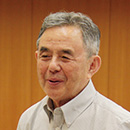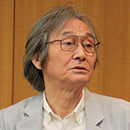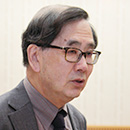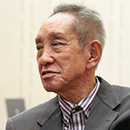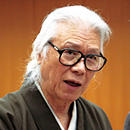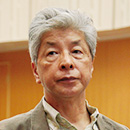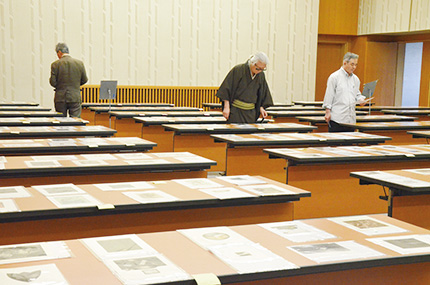A message from Mr. Fujitani
for the Tokyo International Mini-Print Triennial 2015
We are pleased to present the fifth Tokyo International Mini-Print Triennial, an event that began in 1995 to commemorate the 60th anniversary of the foundation of Tama Art University. This year’s Triennial celebrates the 80th anniversary of TAU, and for the first time entries were solicited from all over the world via the Internet, as well as by post. In total, the number of applications amounted to more than 2,000 from 84 countries and regions, and from these applications approximately 300 were selected for display at the University Museum, as was done for the event 10 years ago.
The world today is changing at a dizzying pace and the role of art in society is becoming ever more important. In response to this situation, the triennial has two distinctive merits. One is that the exhibition has collected a great many artworks, which represent the diverse characters of each country and region for the exhibition. This provides an opportunity to foster shared intercultural awareness and understanding while at the same time raising questions about global issues addressing our collective future.
The second remarkable quality of the triennial on this occasion is the blending of old and new technologies. The print works have been submitted both via the Internet and by post, which has enabled the collection and disclosure of scholarly data to the public, contributing to the creation and expansion of new modes of expression.
I hope that you can all enjoy the fresh aesthetics and masterful skill on display in such a great number of versatile and unique works. I would also like to express my sincerest gratitude to all of the artists presented here, as well as to everyone else whose support and assistance have made this event possible.
Nobuto FUJITANI
Chairman of Board of Directors, Tama Art University
